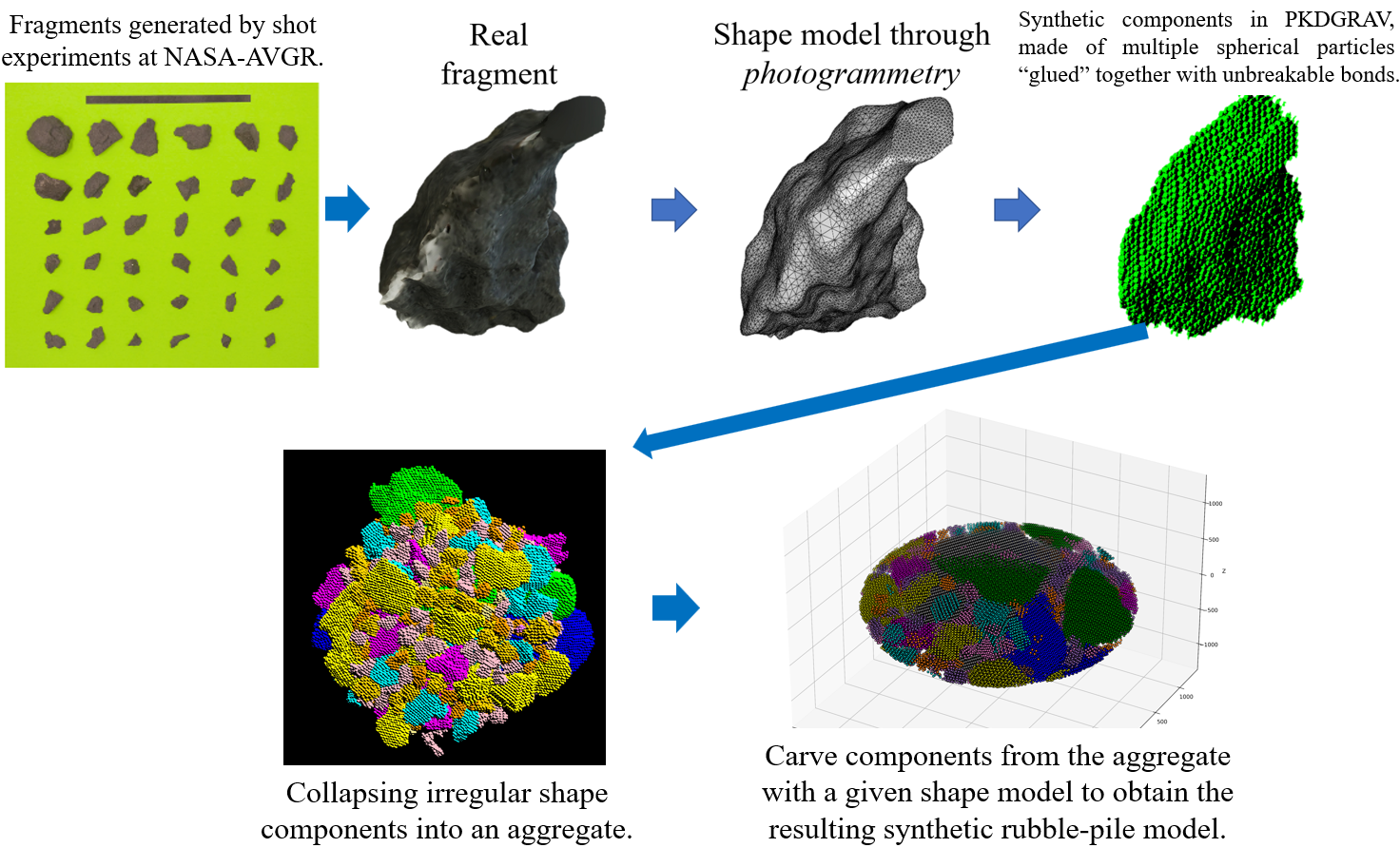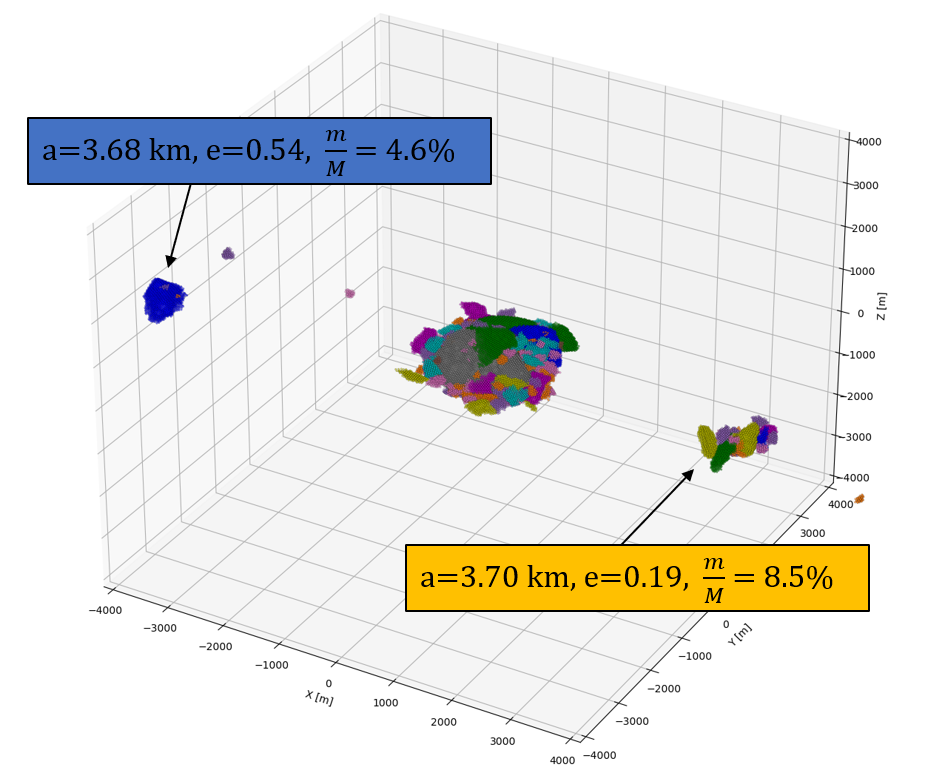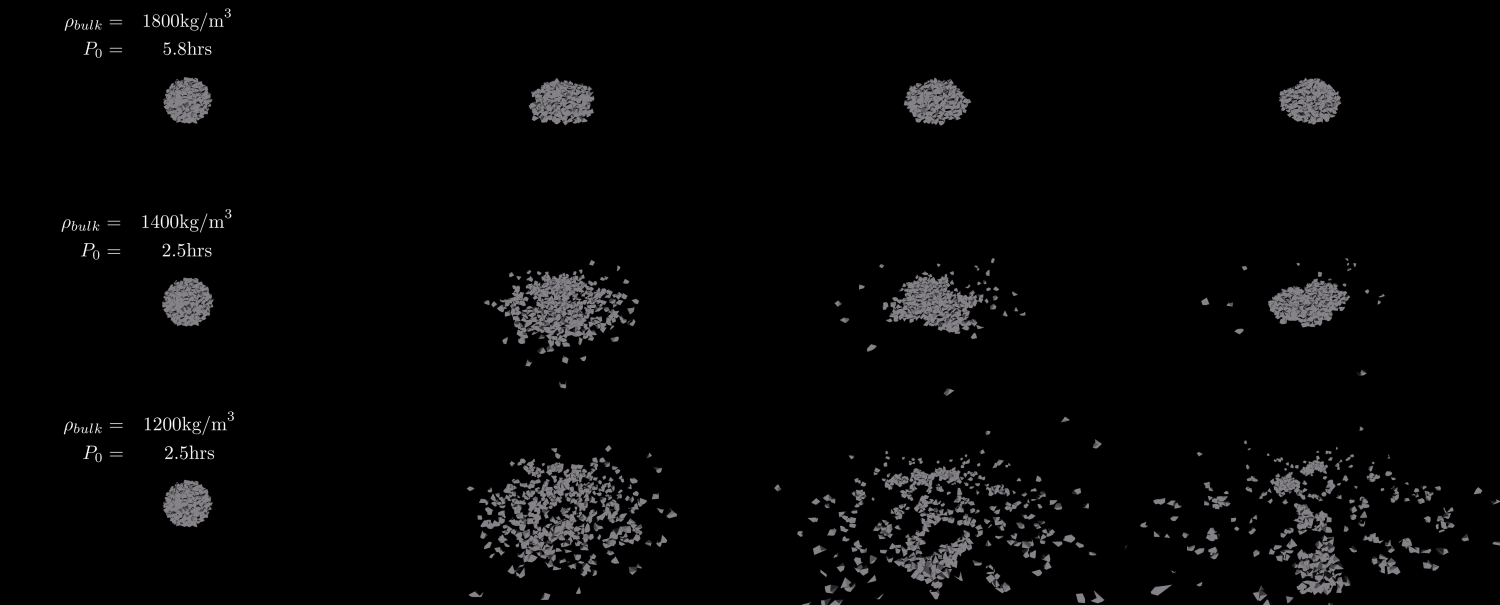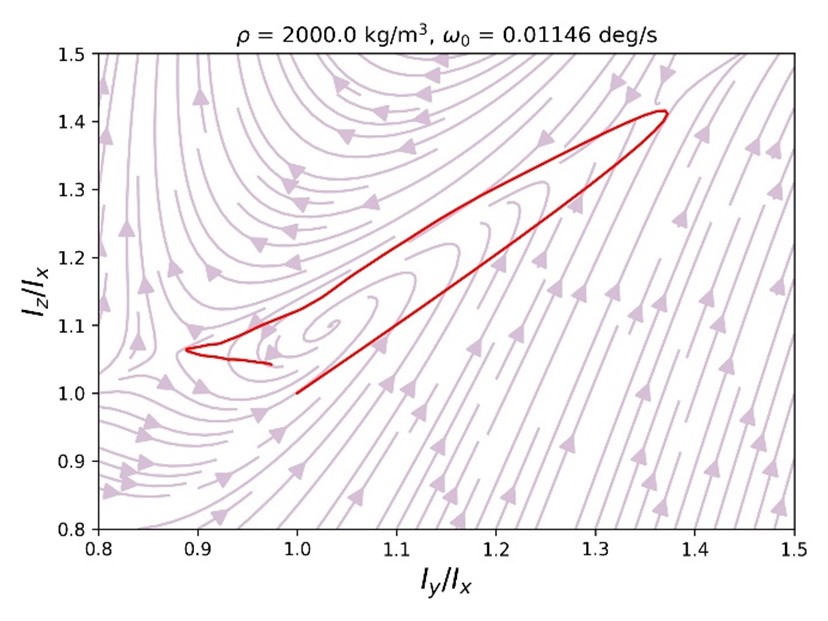Introduction
Photometric lightcurves observations have been intensively applied to derive many important physical information of asteroids, such as rotational properties (rotational period and spin direction) and shape model (Kaasalainen et al., 2004; Durech et al., 2015). Asteroids lightcurves also have been extensively used to detect and characterize binary systems (Pravec et al., 2006). The study of these systems provides unique conditions for obtaining the density and masses of components from Earth, which is critical to achieving a better understanding of the internal structure and composition of asteroids. In this work, we present some results of our extensive observational campaign for the physical characterization for a large sample of asteroids, in particular, of near-Earth asteroids (NEAs) within the scope of the IMPACTON Project (e.g. Rondón et al. 2019, 2020, 2022; Monteiro et al., 2020, 2021, 2023).
Observations and data reduction
Photometric observations of binary systems are being performed using the 1.0-m f/8 telescope of the Observatório Astronômico do Sertão de Itaparica (OASI, Brazil) of the IMPACTON project (Rondón et al., 2020), as well as two small instruments (0.61 m and 0.36 m telescopes) of the Blue Mountain Observatory (BMO, Australia). Lightcurve observations were carried out using sidereal tracking and an R-Johnson-Cousins filter. The images were taken with an exposure time according to the object magnitude and sky motion. To obtain photometric spectra, observations were made using the g, r, i, z Sloan Digital Sky Survey (SDSS) filters, using the differential tracking mode. The science images were calibrated following the standard procedures, including bias, dark and flat-field images. The rotation periods were derived using a Fourier series analysis (Harris et al., 1989) while the spin direction and shape model were obtained by applying the lightcurve inversion method (Kaasalainen and Torppa, 2001; Kaasalainen et al., 2001). To investigate binary periods, we used the "Dual Period Search" tool in MPO Canopus software which is based on the method described by Pravec et al. (2006).
Results
Lightcurve observations of two main-belt asteroids, 1967 Menzel and 20325 JulianOey, were carried out between 2016 and 2021. Menzel was observed from August to November 2018, while the asteroid 20325 Julianoey from April 2016 to October 2021 (during four apparitions). From these observations, we derived their rotational and orbital periods, component size ratios, densities as well as the spin direction and shape model of the primary components. For example, for Menzel and Julian, we derived the primary and orbital periods of 2.835 h and 63 h, and 3.245 h and 23.53 h, respectively. The orbital lightcurve for (20325) Julianoey is shown in Fig. 1 (Monteiro et al. submitted).
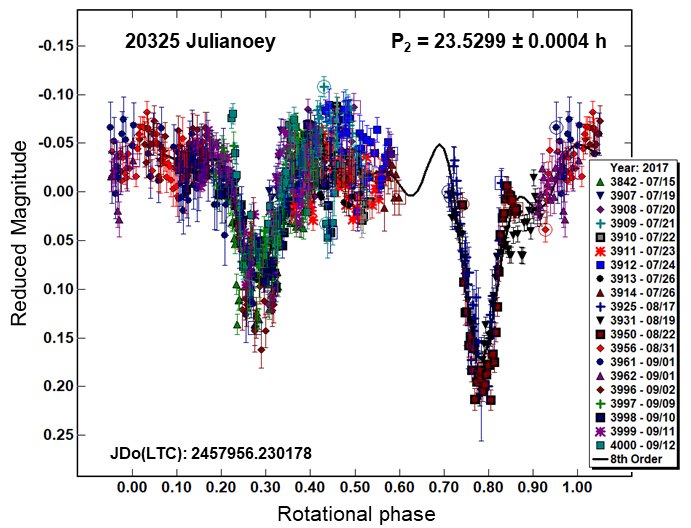
Figure 1 - Secundary Lightcurve of (20325) Julianoey showing the mutual events. The primary lightcurve component was subtracted.
By applying the lightcurve inversion method, we derived the ecliptic longitudes and latitudes of the pole directions (λMenzel, βMenzel = 162°, 40°) and (λJulian, βJulian = 274°, -3°) as well as an approximately oblate shape for both asteroids. Photometric data were also obtained using the SDSS g-, r-, i-, and z- filters, allowing to derive the colour indices and photometric spectra. Asteroid Menzel was classified as an S-/Q-type asteroid, while the asteroid Julian as an S-type. Fig. 2 shows the convex shape model for the asteroid Menzel (Monteiro et al. submitted).

Figure 2 – Convex shape model for 1967 Menzel reconstructed from the lightcurves for the best-fit pole (𝜆, 𝛽 = 162°, 40°).
We investigated the lightcurves of about 20 NEAs with rotational periods between 2 and 3 h. For 8 of them, binarity signatures were found in their lightcurves (Monteiro et al., 2023). Fig. 3 shows the primary and secondary lightcurves of a possible binary NEA denominated (243566) 1995 SA. For this NEA, in addition to the lightcurves, we derived the minimum relative size of the components (D2/D1) of 0.37 (from the depth of the mutual event), color indices, spin direction and shape model. These results were used to investigate the surface dynamics of the NEA 1995 SA (Fig. 4, from Monteiro et al. in preparing).
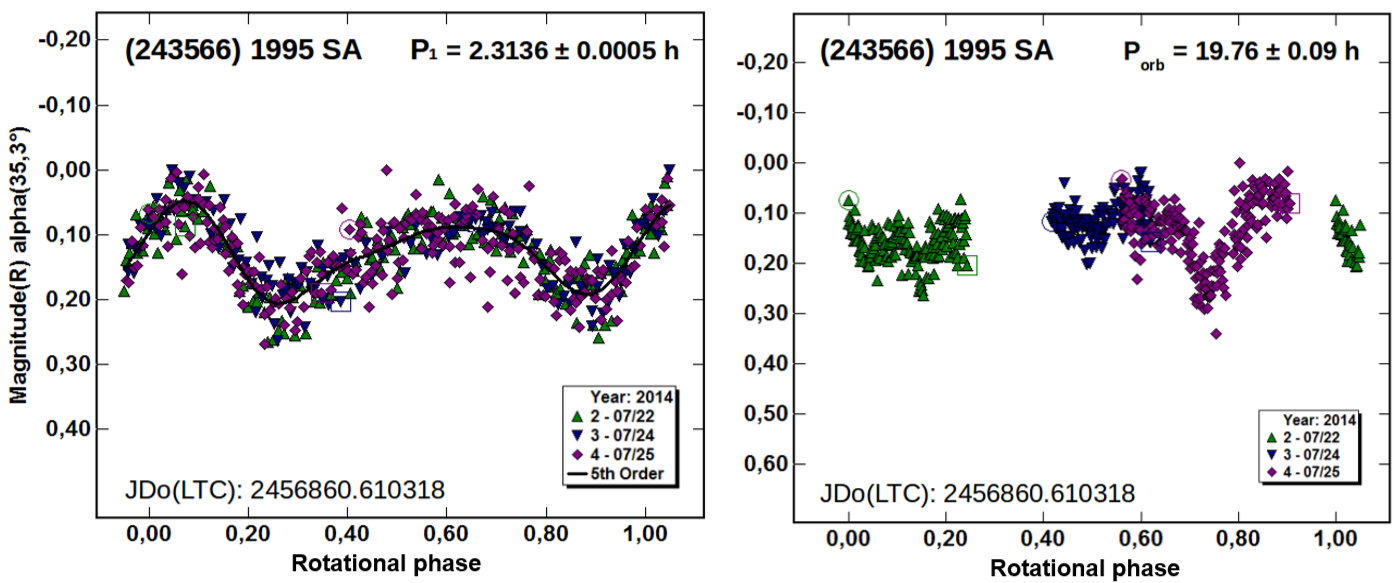
Figure 3 - Lightcurves of (243566) 1995 SA. Left: the primary lightcurve component. Right: the secondary lightcurve showing a possible mutual event observed on the 25th July 2014.
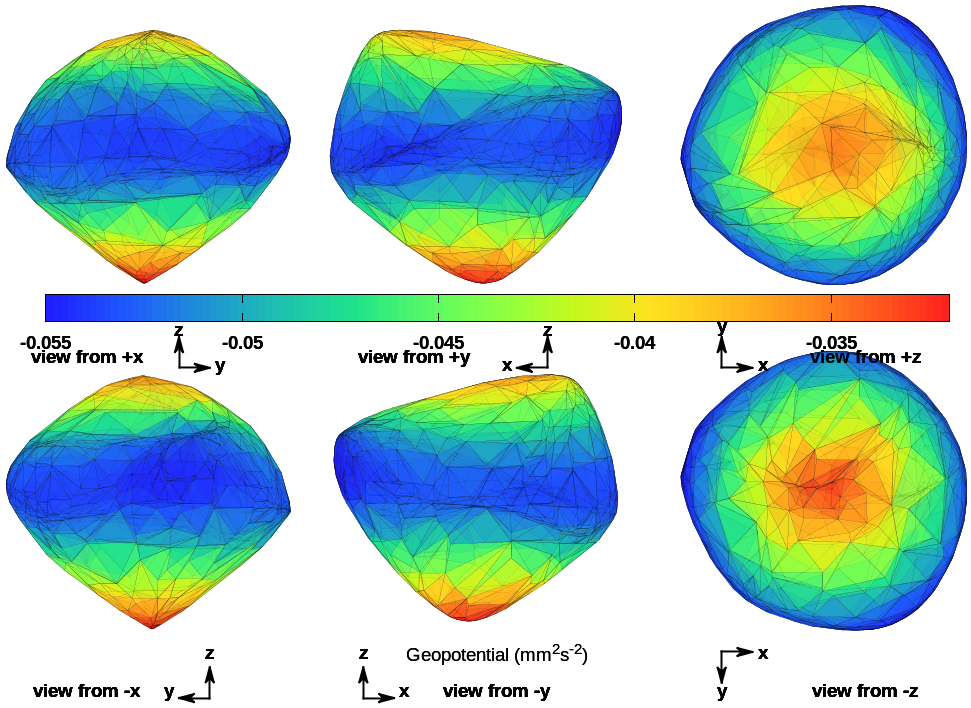
Fig. 4 - Map of the geopotential computed across the surface of the NEA 1995 SA.
Conclusions
Our results from the physical characterization of binary systems included the rotational and orbital period, spin direction, shape model, as well as color indices and photometric spectrum. Based on these results, it is possible to indicate that both binary objects can be formed by rotational fission. In addition, we presented some NEAs for which we found signatures of a satellite in their lightcurves, as shown in Monteiro et al. (2023), indicating some new possible binaries in the near-Earth region. In particular, the surface dynamics of the NEA 1995 SA indicate how the loss of material from a progenitor body to create a satellite occurs (Monteiro et al., in preparing).
Acknowledgements
F.M. thanks the financial support given by FAPERJ (E-26/201.877/2020). W.P., M.S., E.R., P.A. would like to thank CAPES and CNPq for supporting this work through diverse fellowships. Support by CNPq (310964/2020-2) and FAPERJ (E-26/202.841/2017 and E-26/201.001/2021) is acknowledged by D.L. The authors are grateful to R. Souza and A. Santiago for the technical support.
References
Durech, J.,et al., 2015. Asteroids IV, pages 183-202.
Harris A. W., et al., 1989, Icarus, 77, 171.
Kaasalainen, M. and Torppa, J. (2001). Icarus, 153:24-36.
Kaasalainen, M., Torppa, J., and Muinonen, K., 2001. Icarus, 153:37-51.
Kaasalainen, M., et al., 2004. Icarus, 167(1):178-196.
Monteiro, F., et al., 2018a. Minor Planet Bulletin 45, 221-224.
Monteiro, F., et al., 2018b. Planet. Space Sci. 164, 54-74.
Monteiro, F., et al., 2020. MNRAS, 495, 3990-4005.
Monteiro, F., et al., 2021. MNRAS 507, 5403–5414.
Monteiro, F., et al., 2023. Icarus, 390, p. 115297.
Pravec, P., et al., 2006, Icarus, 181, 63.
Rondón, E., et al., 2019. MNRAS, 484:2499–2513.
Rondón, E., et al., 2020. PASP, 132(1012):065001
Rondón, E., et al., 2022. Icarus 372, 114723.
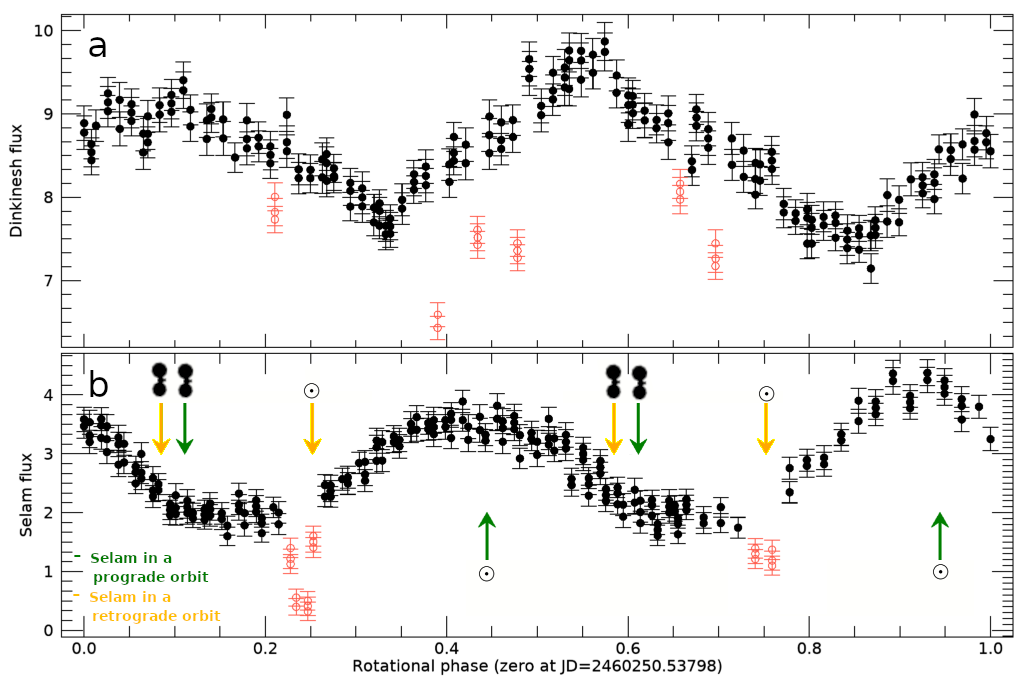
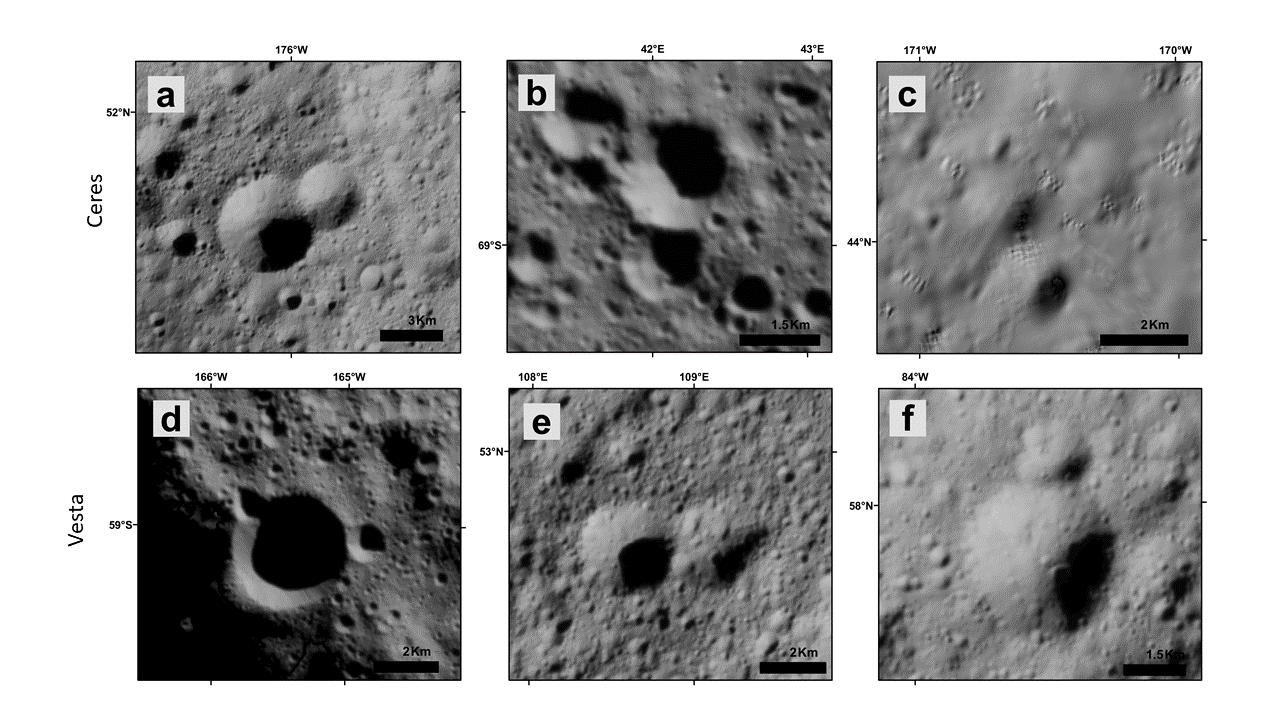
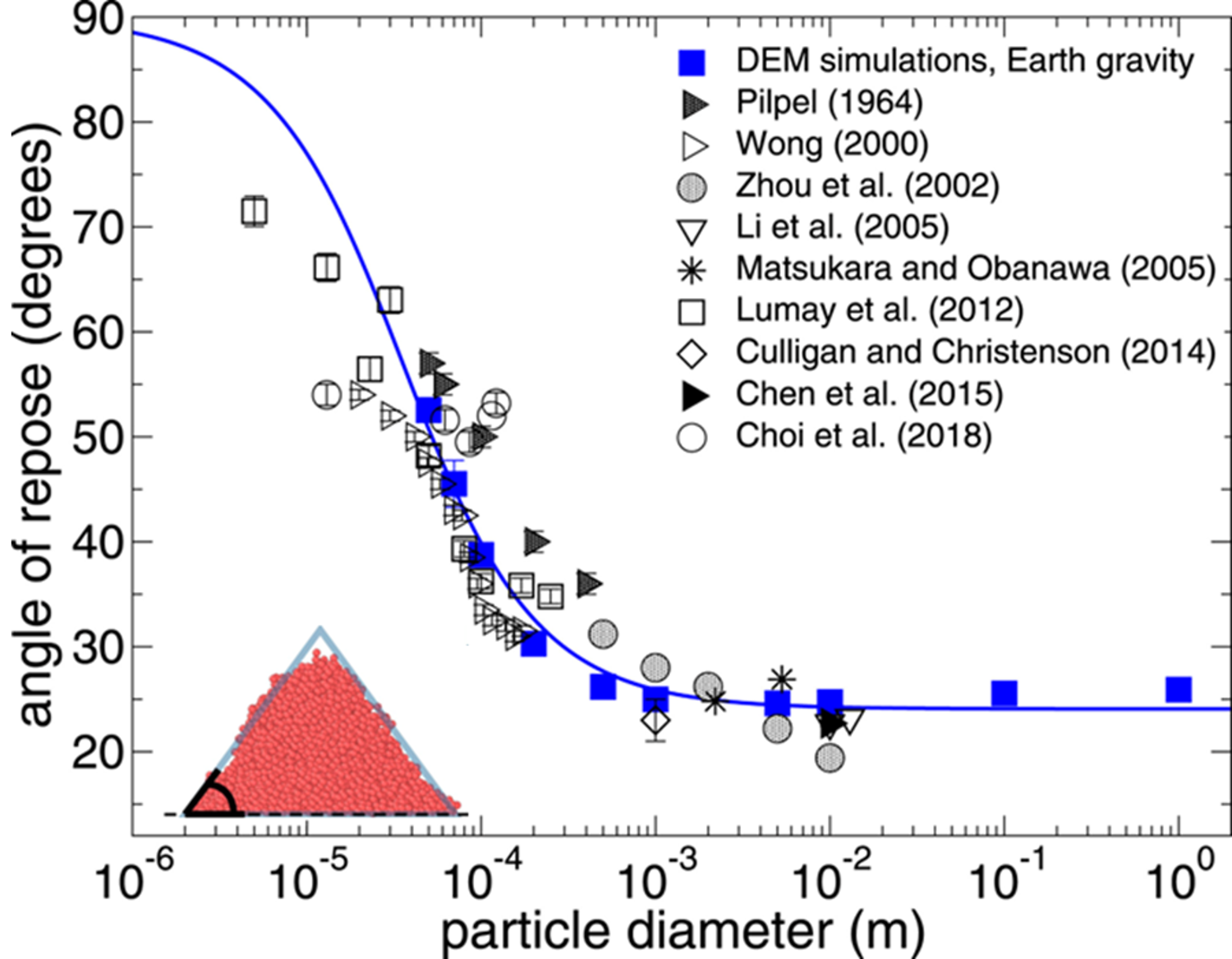
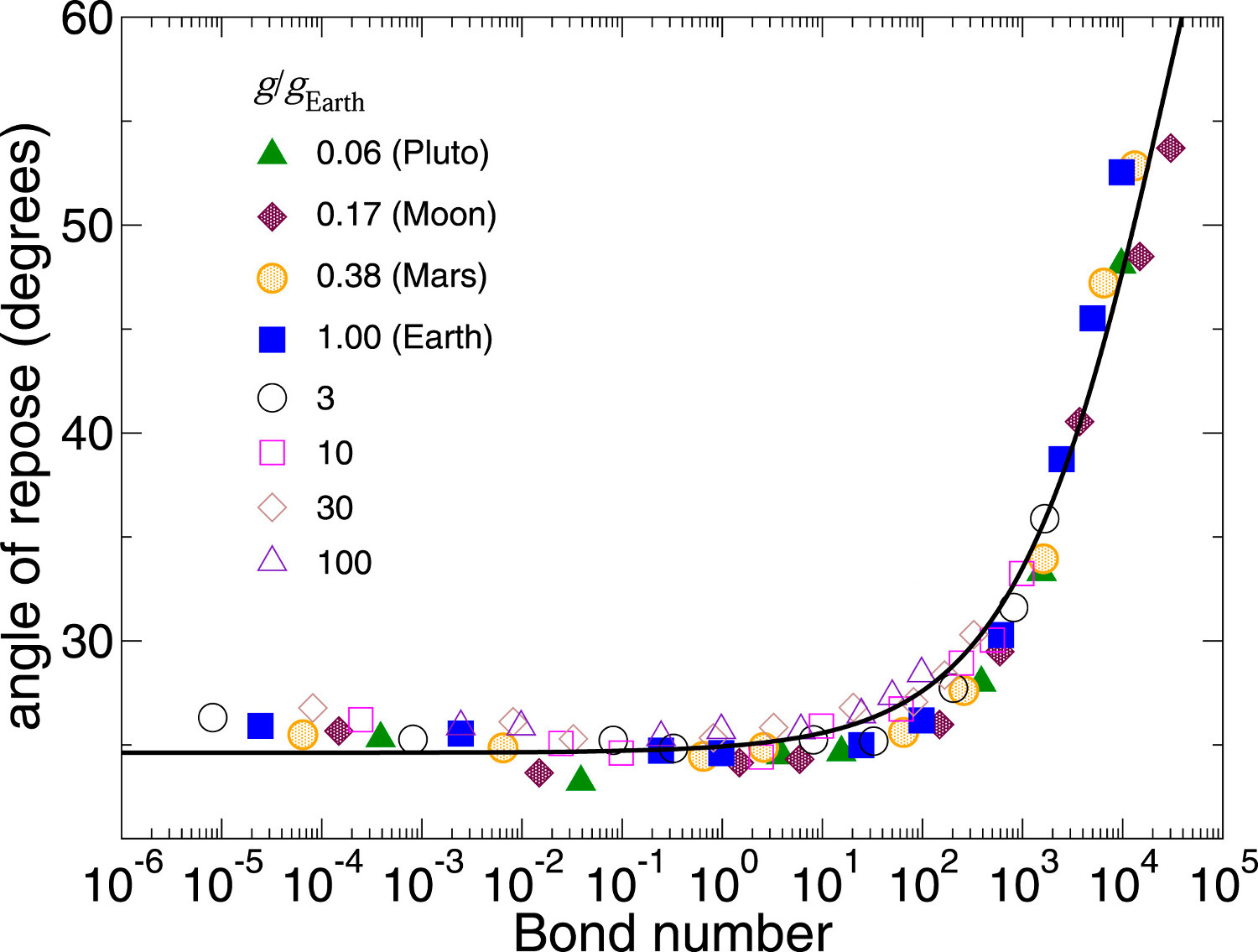
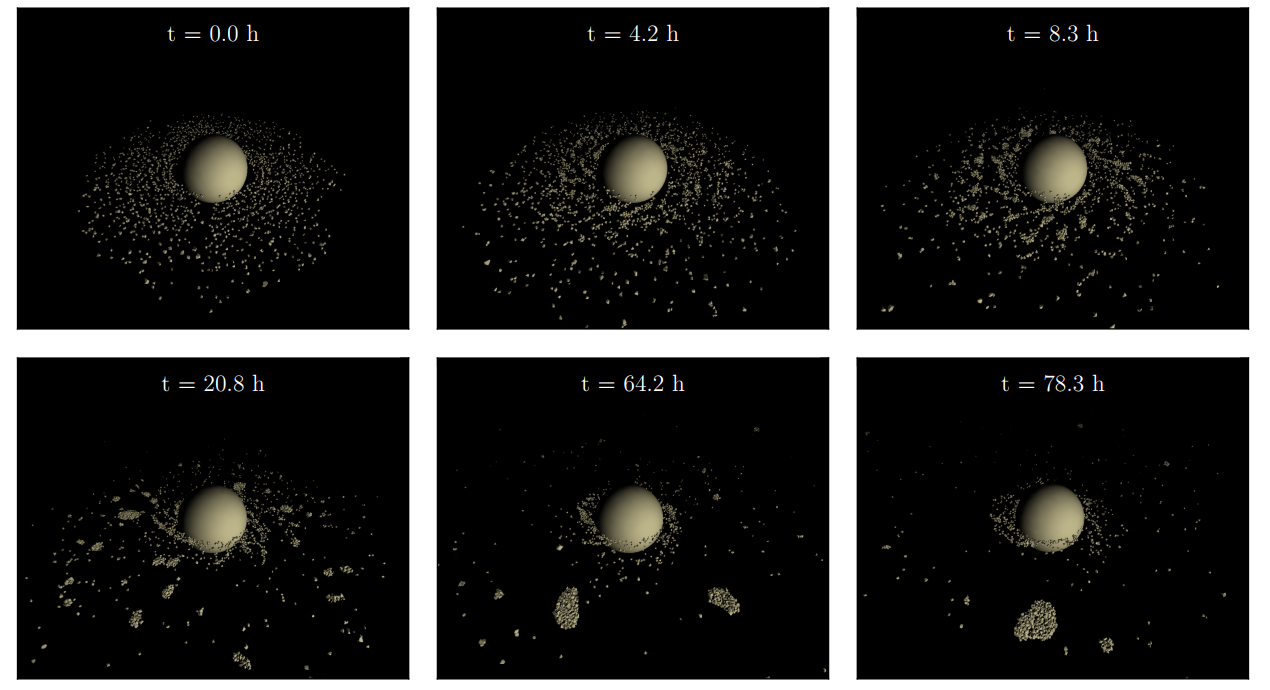 Figure 1: Snapshots for a hand-off simulation. The merger occurring during the period between the two final images determines the shape of the satellite as the two prolate satellites merge side-to-side, forming a more oblate body [6].
Figure 1: Snapshots for a hand-off simulation. The merger occurring during the period between the two final images determines the shape of the satellite as the two prolate satellites merge side-to-side, forming a more oblate body [6].